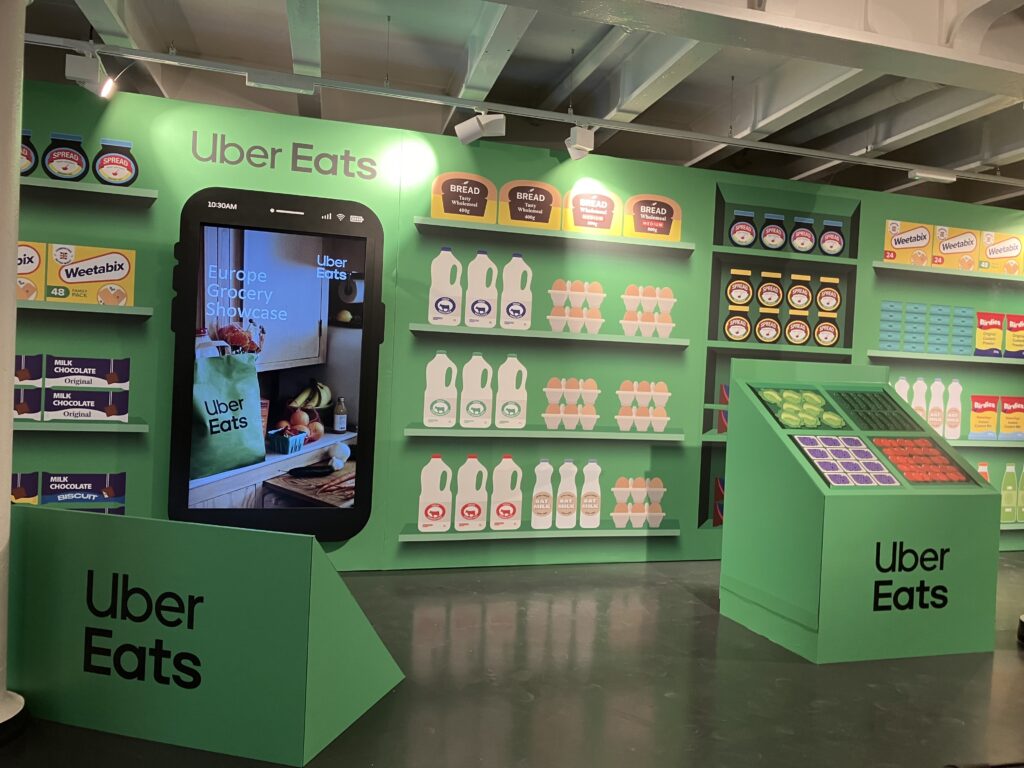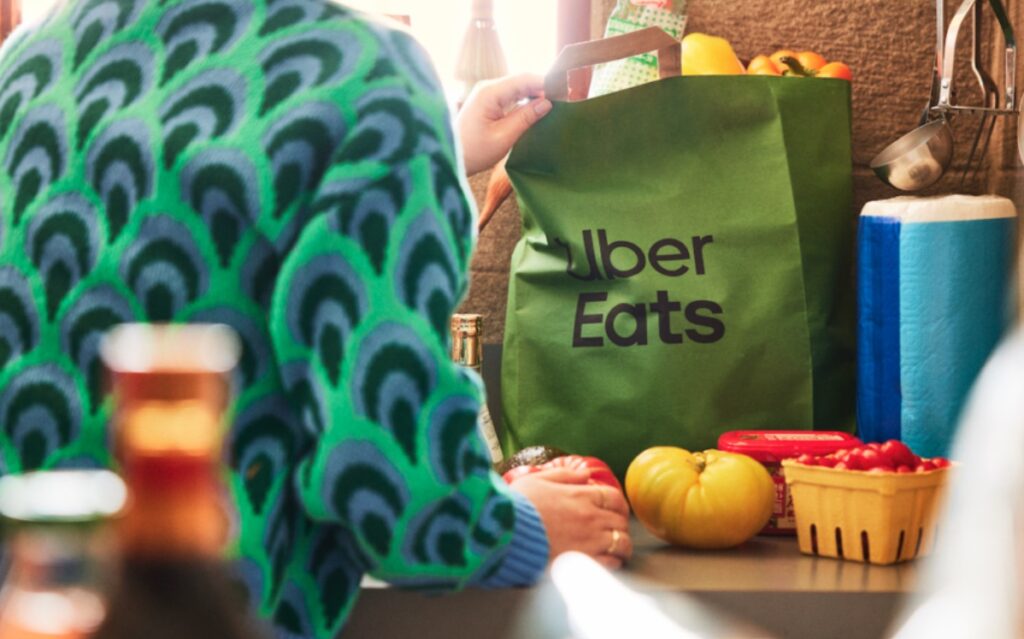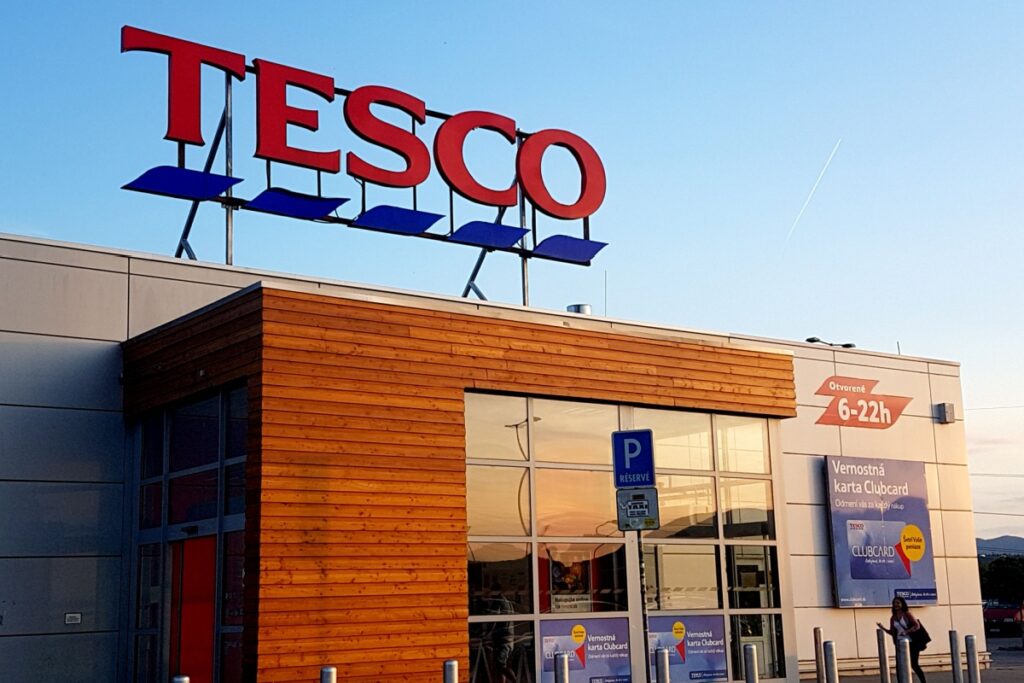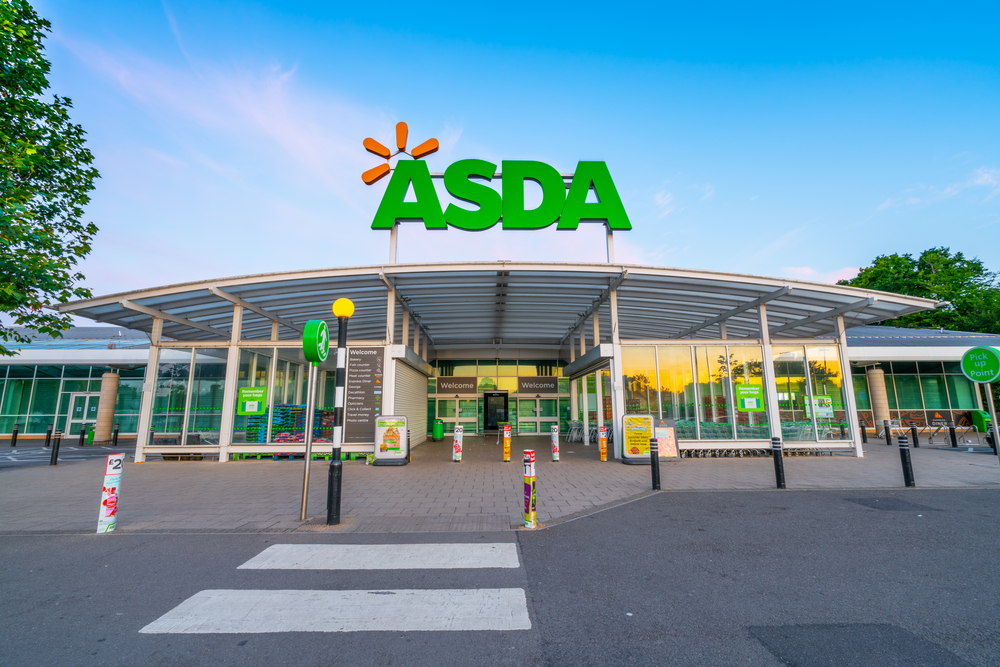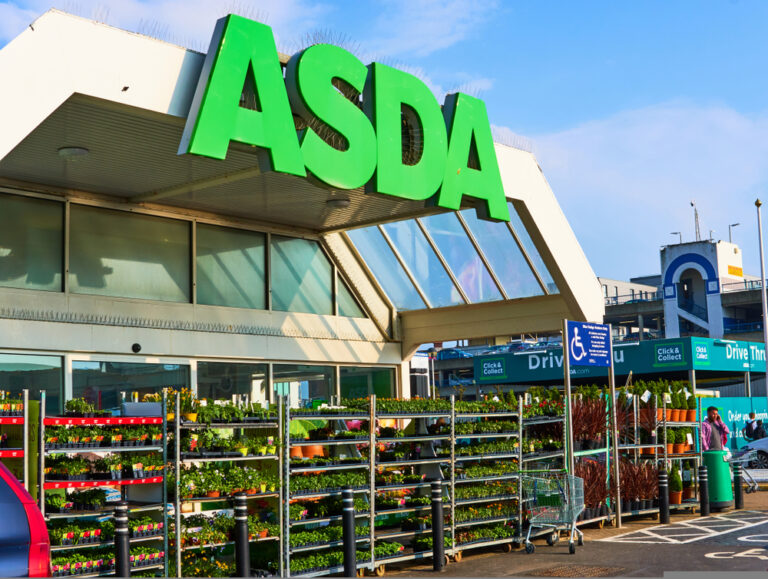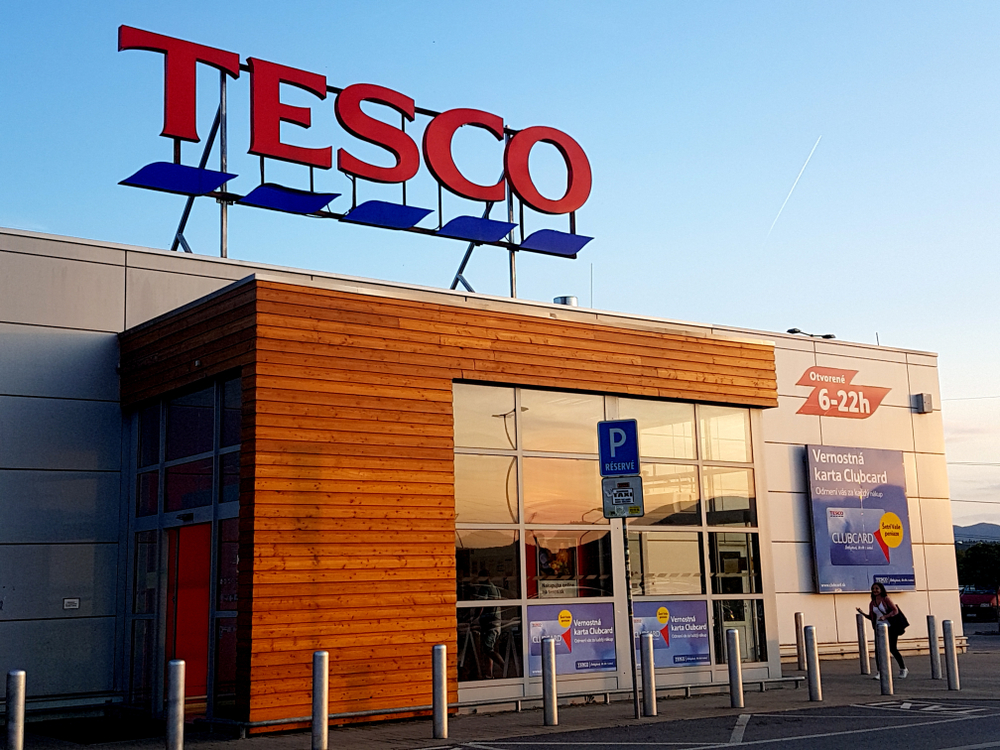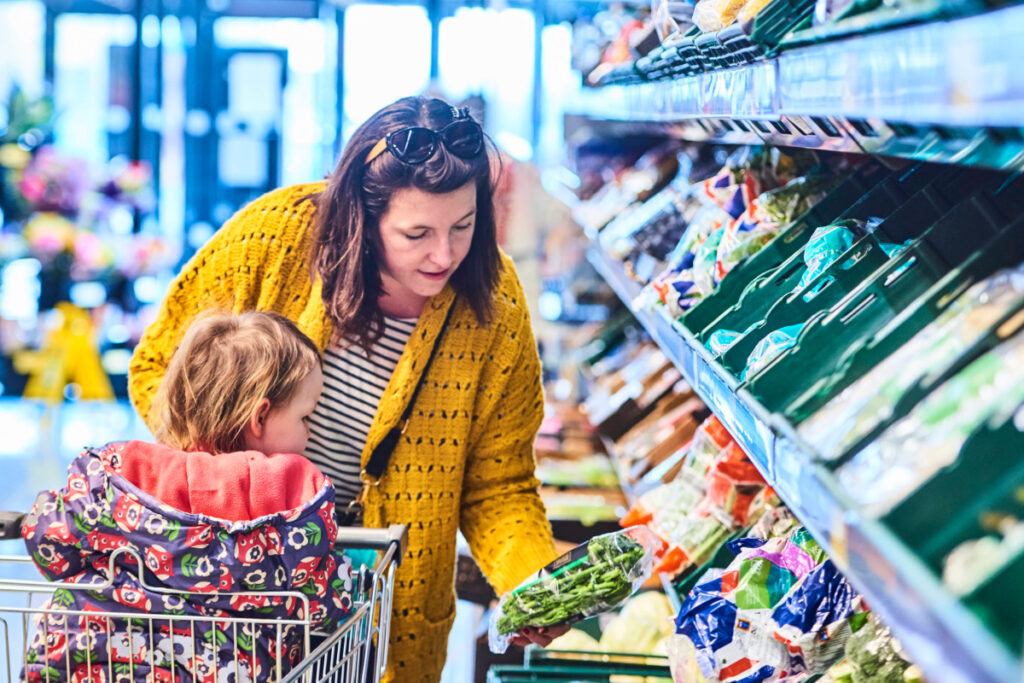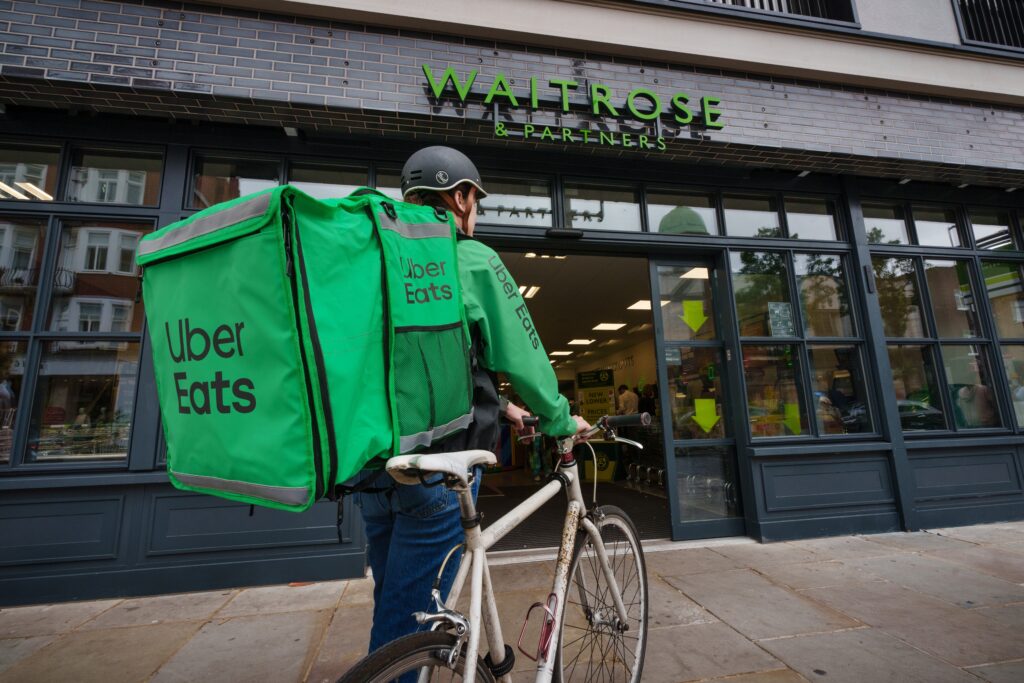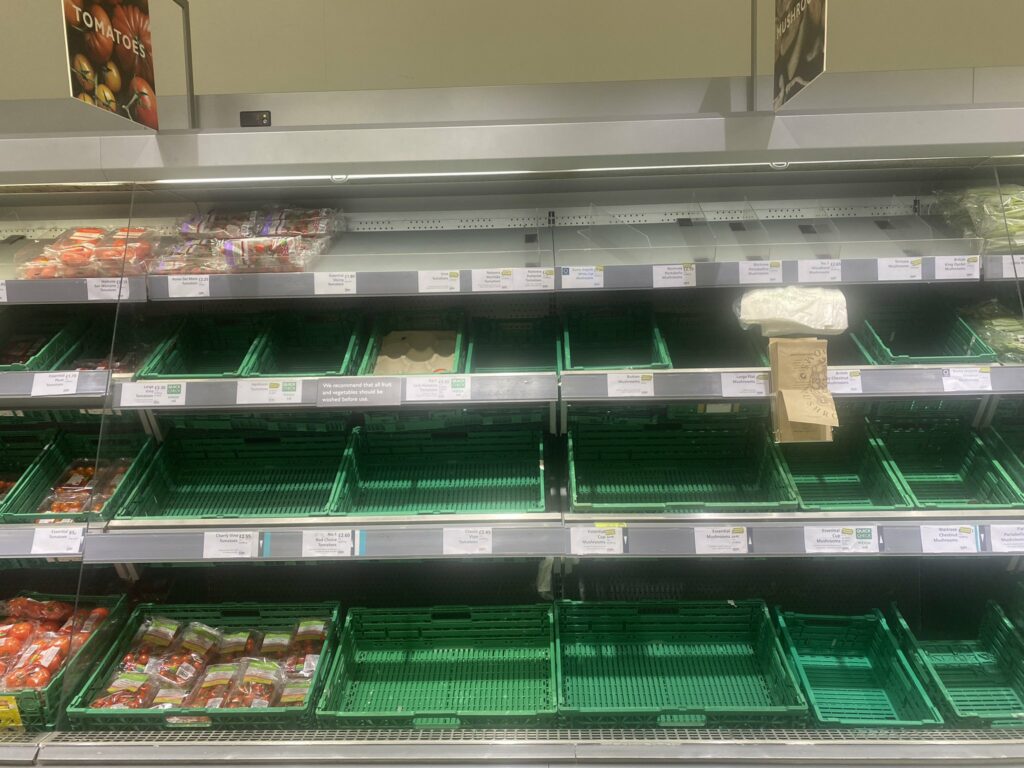Uber Eats has become a force to be reckoned with in grocery, which now accounts for around 40% of all orders. But the delivery platform has no intention of stopping there and is adding a host of new features to its app to make itself more attractive to shoppers.
The changes come as the company’s global head of grocery and retail Susan Anderson insists grocery shopping trends have “fundamentally changed,” with consumers carrying out fewer big shops at the supermarket and leaning more on the convenience of apps.
She says: “Our busy lifestyles mean we physically go to the supermarket for a big shop less frequently and prefer to rely more on apps like Uber Eats to order fresh grocery ingredients when we want them.”
Anderson says it is launching a host of changes which it believes will “change the way that people shop for groceries”.
One of the new additions is that couriers will start to pick and pack orders from supermarkets.
 Uber Eats senior director of product management Therese Lim says: “Courier pick and pack leverages Uber’s couriers to do the shopping in store on behalf of the customer and then the same courier will deliver it to the customer afterwards.
Uber Eats senior director of product management Therese Lim says: “Courier pick and pack leverages Uber’s couriers to do the shopping in store on behalf of the customer and then the same courier will deliver it to the customer afterwards.
“Once shoppers have placed an order, immediately that order gets matched with an Uber Eats courier on the back end. After accepting your order, they are directed to the store so they can begin navigating the store and picking items.”
But will a flurry of couriers carrying out orders in c-stores hit the in-store experience for other shoppers?
Anderson insists not. “Typically our couriers are just customers who live in the same neighbourhood and they’re just doing a shop. It’s the same behaviour in a lot of ways to the customers who are walking in and I think in a lot of cases, I’m not sure people would actually know who is a courier versus who is a customer.”
In order to make the job “as seamless as possible,” Lim explains that the business has built a courier app to help them with the process.
She says: “This helps with everything from finding the actual items they’re picking to suggesting replacements for things that are out of stock, contacting the customer if they need to, and being able to check out of the store with a pre-authorised payment method.”
Lim adds that Uber is optimising the machine learning model it uses to recommend replacement suggestions for out-of-stock items to help couriers deliver what shoppers want.
No more ‘ping ponging around the store’
The food delivery specialist is also launching “aisle indexing”, which shows couriers the exact aisle and shelf numbers of the products they’re looking for in order to save time.
Lim says this will prevent couriers “ping ponging around the store”. Meanwhile, new smart item verification will tell them whether they have picked the correct grocery item or not.
To help couriers learn on the job, Lim reveals the company is introducing courier in-app grocery tips.
Explaining how this works, she says: “A lot of us go to the grocery store and want things done in a particular way, with particular care and attention, and we really want to make sure that gets translated to the Uber courier or merchant partner shopper taking the order.
“So when a courier encounters a particular situation, right then and there in real time we’ll show them contextual tips and guidance so it’s unique to the situation they’re encountering and they immediately get the help or support they need.”
Another big change is active order adjustments, which allows shoppers to edit their order up until the courier has finished packing all their items and is ready to check out of the store.
Lim points out: “This is particularly useful if you forget to add something to your cart or you want to remove something that you’ve decided you don’t need anymore.”
Supermarkets eye on-demand growth
The changes come after supermarkets across the spectrum have seen growth in on-demand grocery following a surge in interest in the pandemic.
This includes Co-op which first trialled on-demand grocery in 2019, but saw its growth “supercharged” by the pandemic, according to ecommerce director Chris Conway.
He says: “We’ve seen the participation and membership sales grow and grow and grow on the Uber Eats platform and obviously because of that data, we’re able to demonstrate and determine the fact that these are new customers to the Co-op.
“Some of those core members that shop on Uber, just shop on Uber, and that’s the only interaction they have with a Co-op. They’ve never been in our store, they don’t shop on our website but they’re part of our organisation, they own our business and the way that we interact is very well, which is fantastic.
“Partnerships like these, they’re a vehicle for people to use Co-op – we just need to embrace that.”
The convenience specialist has big ambitions in on-demand. In the next four years, it aims to capture 30% of the overall quick convenience market share.
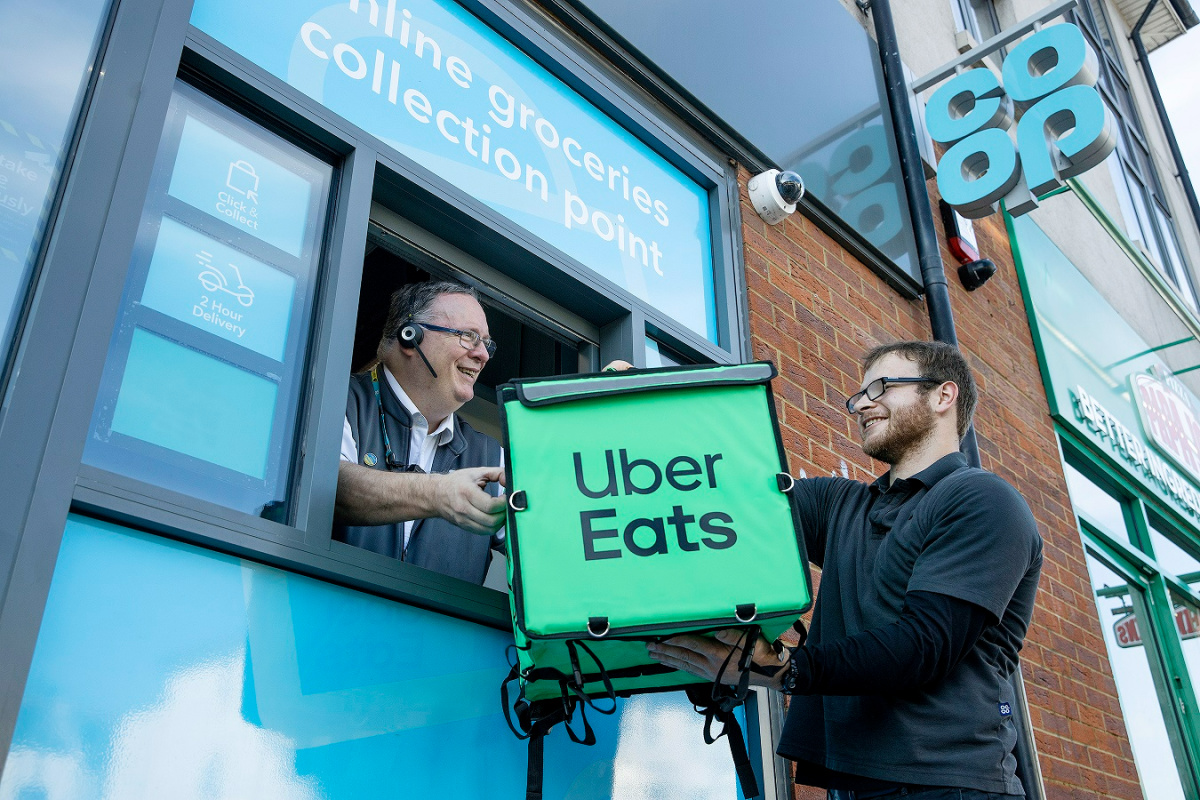
Sainsbury’s head of digital on demand Rich Squire says: “We’ve seen quite a shift in how [quick commerce] has been embraced across the business and how traditional bricks-and-mortar businesses are thinking much more digitally as a result of Covid.”
He also notes that while quick commerce shoppers previously veered towards “cigarettes, booze and impulse purchases,” they were now starting to see a shift towards fresh products, as well as the blurring between takeaway and grocery.
But, how big could on-demand grocery become?
Anderson believes there is “a long way to go” as the grocery market is “substantial”.
“I continue to hear from customers who are time poor, wanting to eat fresh and wanting to do the right thing for their families but to do it in a value for money way. So we’re going to continue to work to make it as affordable as possible in comparison to alternatives.”
Click here to sign up to Retail Gazette‘s free daily email newsletter

